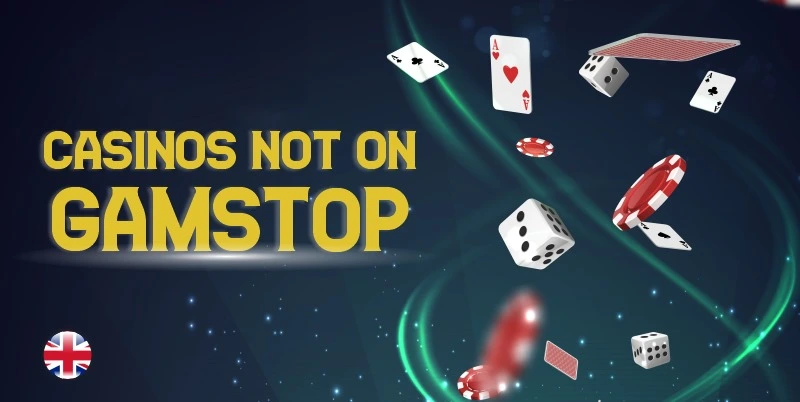*April is a beautiful month in Cyprus. Temperatures are rising and the air is scented with spring blossom. Perfect weather for walking and hiking. However, this is also the time that snakes start coming out of hibernation to find a mate. While snakes may be seen at any time of year, you’re more likely to see them during the spring. Most snakes in Cyprus are harmless, but there are one or two to watch out for. To help you distinguish your vipers from your whips we’ve put together this essential snake guide.
Snakes are an essential part of any eco-sytem and play their part by keeping down the populations of mice and frogs. which are their main source of prey.

Blunt-nosed Viper – this is the most dangerous snake in North Cyprus, so it’s worth knowing how to recognise it. It’s a large, fat snake, around 1.5 metres long, and is silvery beige with rectangular markings along its body and black spots on its head. It likes being near water, as this is good for hunting and staying cool, and consequently is occasionally found in swimming pools.If bitten it is essential to get medical attention quickly as a bite can be fatal if not treated (all medical centres stock anti-venom). The bite is particularly painful as the fangs stay embedded in the skin and continue to pump venom. However, fatalities are extremely rare, with around 20 bites reported a year but no fatalities since 1958 according to a report in Yeniduzen.
Large Whip snake – this snake is fairly common, and you’re most likely to spot it crossing a road. Its black and shiny, growing up to around 2 metres in length. It is aggressive and will stand its ground if threatened. It is a constrictor, with no venom, but bites are painful as they chew rather than give a single bite. Interestingly it likes to eat blunt-nosed vipers, so is actually a good one to have around.
Coin snake – this is also reasonably common. It is light brown with dark circular (coin shaped) patterns down its body, and grows up to

1.7 metres. It is not poisonous but can be very aggressive and is likely to attack if provoked, giving a painful bite. It’s an excellent climber and can be spotted climbing vertical walls.
There are two other whip snakes that you may come across: the Cyprus Whip and Dahl’s Whip (or Arrow snake). Neither of these are poisonous. The Cyprus Whip grows to around 1 metre, and is brown with pale banding along its body. It likes rocky scrubland and is a good climber. Dahl’s Whip can be light brown or pale pink, is very thin, and also likes scrubland. The name “arrow snake” comes from the way it moves, with its head held up above the ground.
You’re unlikely to come across any other snakes as the remainder are either rare, nocturnal or like to stay underground.

Cat Snake – this is nocturnal and typically hides in burrows during the day. It gets its name from the way its eyes become slits in bright sunlight. It is venomous and can be quite aggressive but finds it difficult to bite large prey due to its backward-pointing teeth.
Montpellier Snake – this is a rare, timid snake. It is light brown with no markings and grows up to 2 metres. It is quite poisonous, however it is most likely to retreat if disturbed and, like the Cat snake, finds it difficult to bite larger prey.
Dwarf Snake –again, this is rare. As its name suggests, it is very small and thin, growing up to just 40cm. It is silvery grey with small dark rectangles along its body. It is not poisonous.
Cyprus Grass Snake – although called a grass snake, this is actually amphibious, and is harmless. It is quite rare and is most likely to be found in lakes or reservoirs.
Worm Snake – this pink snake is totally harmless and lives underground. It grows to around 35cm and could be mistaken for an overgrown earthworm.
On the topic of poisonous creatures to watch out for, it’s also worth mentioning a couple of spiders. The Cyprus Tarantula – this particular species has only a very mild venom, similar to a bee sting. It is known for its speed and its ability to jump, and while it can be aggressive, generally prefers to retreat – quickly! Black Widow and Brown Widow spiders have also been reported in Cyprus – an Ozankoy resident found a black widow on their front step just a few weeks ago. The Black Widow is shiny black with a red hourglass marking or red spots on its abdomen. It’s cousin, the Brown Widow, is mottled brown and black with an orange hourglass marking on its underside. Bites are painful but rarely fatal when treated promptly – in all cases medical attention should be sought immediately.
These are all beautiful creatures, best observed from a distance. To reduce the chances of any surprise run-in with a snake or spider:
1) keep outdoor areas and sheds tidy and free of clutter
2) keep your grass or weeds well cut
3) always wear gloves when gardening
4) take extra care when approaching undisturbed areas of your garden or countryside, particularly areas of long grass, woodpiles or rocks.
*Article originally published by LGC News in April, 2013

